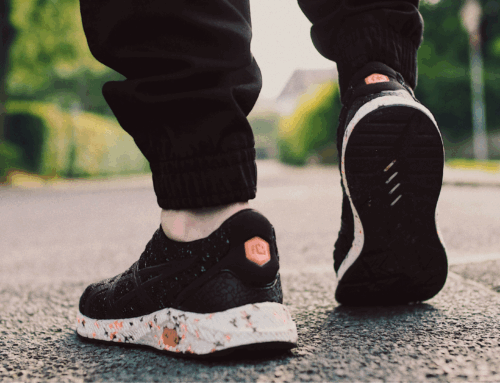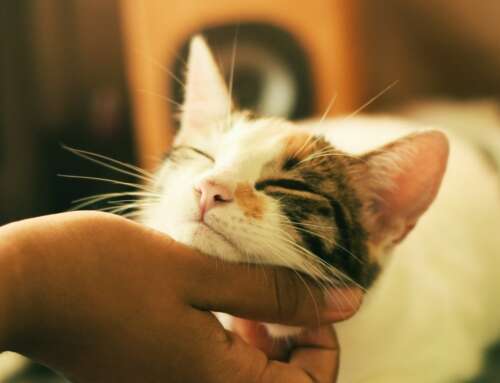When Celina Pereira watches videos of people slurping food and drinks, tapping their nails and whispering into a microphone, she breaks out into goosebumps and a chill travels down her spine.
It might sound bizarre, but she’s experiencing ASMR – an autonomous sensory meridian response – and she’s not alone.
There are now more than 13 million videos on YouTube dedicated to that “tingling” sensation, which ASMR artists give their audience through sound triggers, whispers, slow hand movements and close personal attention.
The acts performed in these videos can range anywhere from makeup tutorials to simulated medical examinations, haircuts, massages and towel folding tutorials. Those who experience ASMR can find a thrill in a squish or scratch, while those who don’t are often left baffled.
“When I mention ASMR to people, the first thing they say is, ‘That’s weird’. I say to them, ‘Well, do you think it’s weird to listen to raindrops and waterfalls?’ Regardless of the source, it’s a sound that just calms you or releases stress in some way,” Ms Pereira, 21, said.
“When it happens I think wow, it’s crazy how the reaction [to the videos] takes over my entire body. It takes me to a relaxed state.”
The popularity of the videos has skyrocketed in recent months, as has the mass of anecdotal evidence that suggests they are having a profound physiological and therapeutic impact on their viewers.
There are thousands of people who say ASMR has helped them with their insomnia, anxiety and depression but there is little robust, researched evidence to back up their claims.
Dr Giulia Poerio, who headed The University of Sheffield’s world-first study into ASMR, called More than a feeling, puts this lack of evidence down to the fact that people who don’t experience it can have difficulty even acknowledging its existence.
It’s not known what percentage of the population experience ASMR and those who do may not realise what their visceral reaction is.
“The motivation for my research comes from the fact that I’ve experienced ASMR my whole life, but I didn’t realise that it was something that other people also experience,” she said.
“When I found out that it was a thing, I searched for research on the topic. I was looking and there wasn’t anything at the time.
“The more I spoke to people about it, the more I realised that people who don’t experience it find it really difficult to believe it’s a real thing and they think it’s somehow weird. I wanted to provide a test of whether it’s a genuine experience and physiologically rigid.”
– Cassandra Morgan, reporter and producer, The Sydney Morning Herald
Read more: ‘Weird’ YouTube Trend Could Be Mental Health Solution, Says Expert
Image Source: Pixabay







Leave A Comment